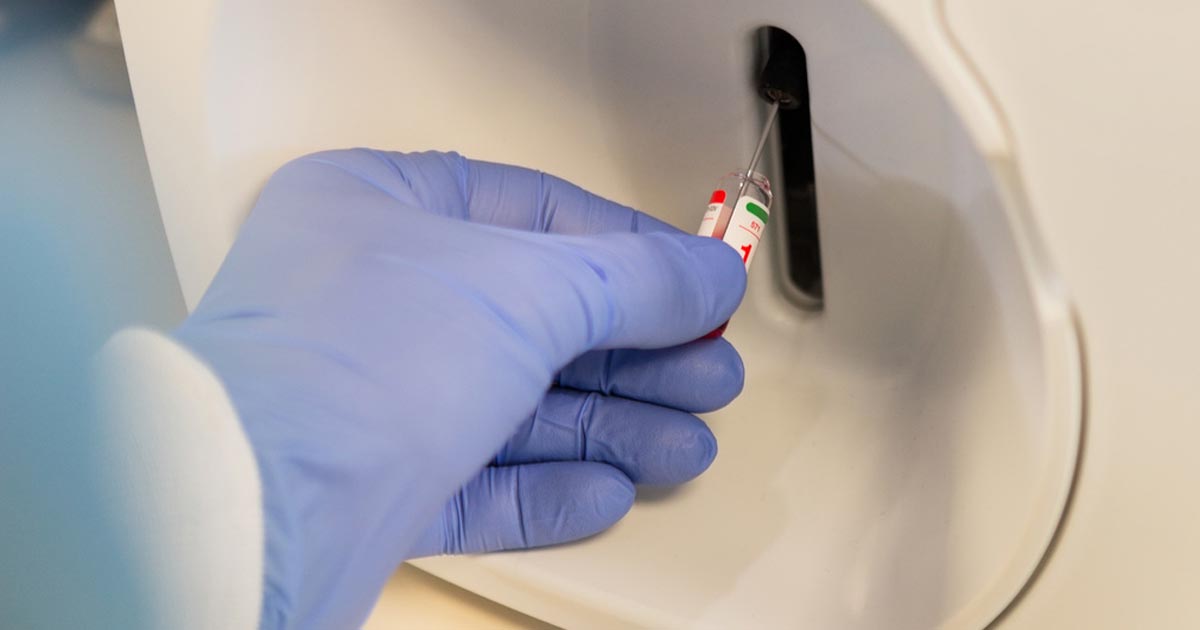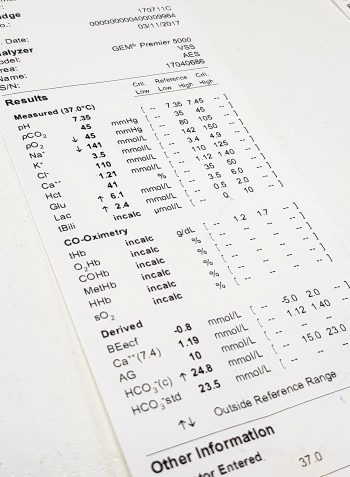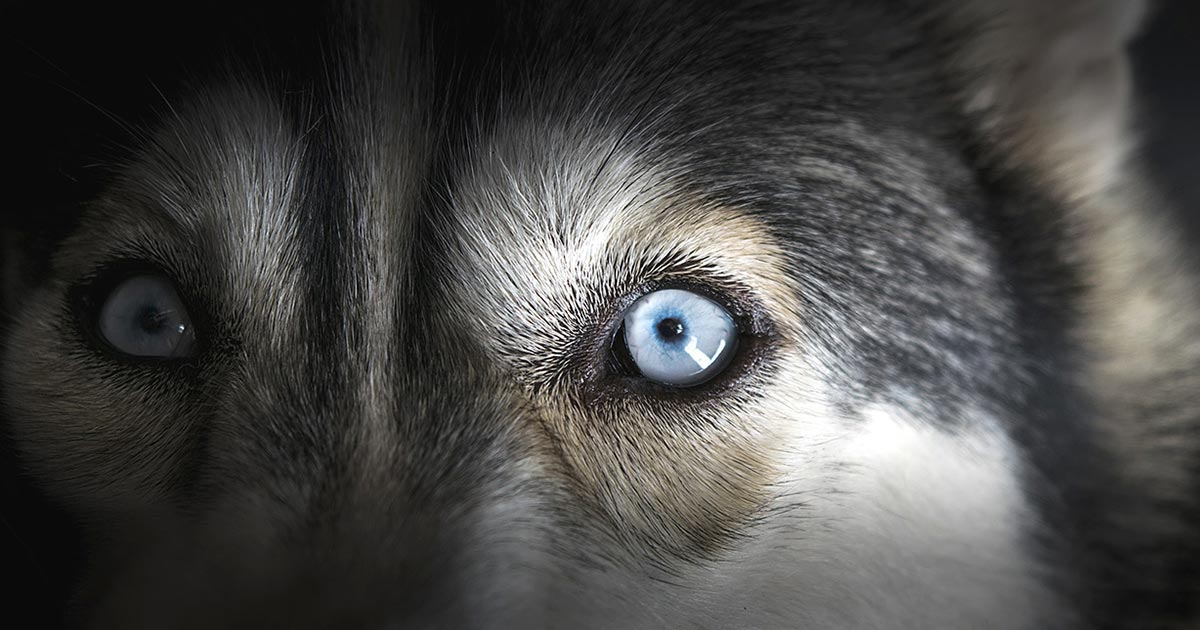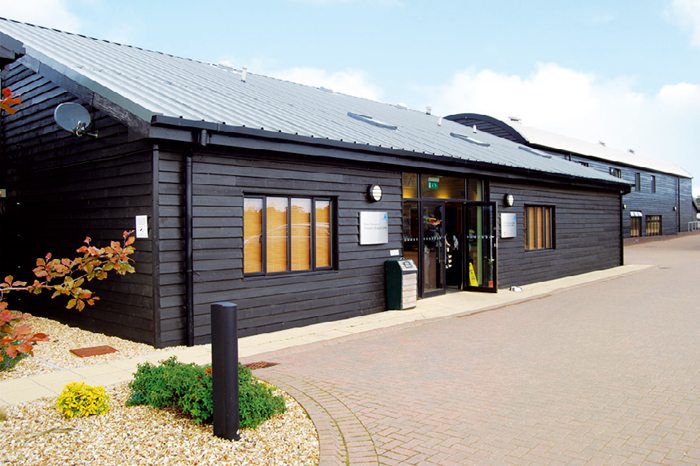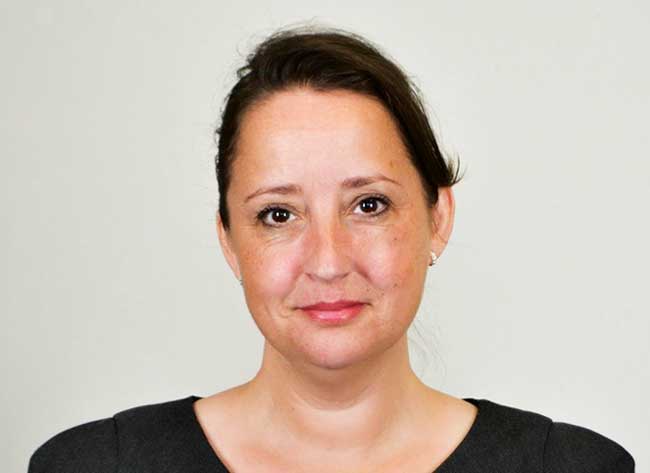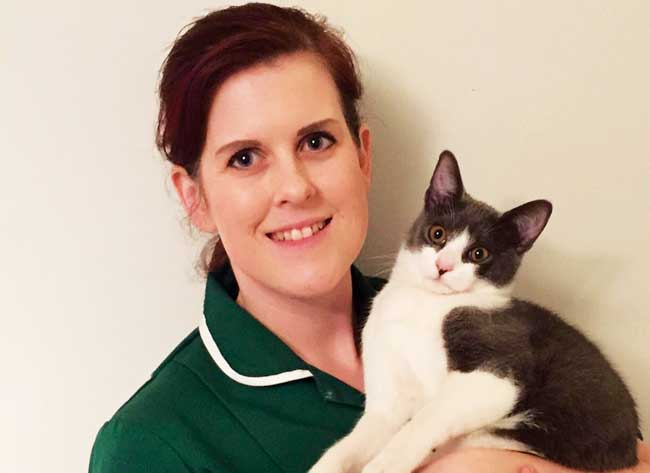Nothing hits you quite as hard as reality, as you walk out of your final fifth year veterinary exam.
Up until this very moment, your life has followed a structured timetable, carefully planned by the veterinary school. Now, with it all finished, who is there to lead you from here onwards? This is probably the most daunting question every final year vet student faces. University lecturers can only help you get so far, then you’re on your own.
Forging your own path
For those of us who are lucky enough to know exactly what they want in life, the path is quite clear. As the saying goes, “where there is a will, there is a way” – and it doesn’t get more true than that, for the rest the path is unclear, and there is uncertainty and doubt.
In this post I share my thoughts about the three main options that for new graduates: general practice, rotation internships and emergency internships.
General practice
- Great at putting the last five or six years of learning into perspective, it will solidify what you have learned.
- After one to two years you will have something to fall back on if you decide to try something else later.
- You will have primary case control this will allow you to develop and fine tune your communication, medical and surgical skills.
- The more remote the general practice, the likelihood you will be required to perform more advanced or complex diagnostic, medical and surgical procedures increases; therefore, the learning curve will be steeper.
Generally, this is a good place to start, especially if you are uncertain as to what direction you want to head in. I started here. My only caveat is that you select a practice you feel best suits you and offers the best environment for learning.
Rotating internships at specialist hospitals/referral centres
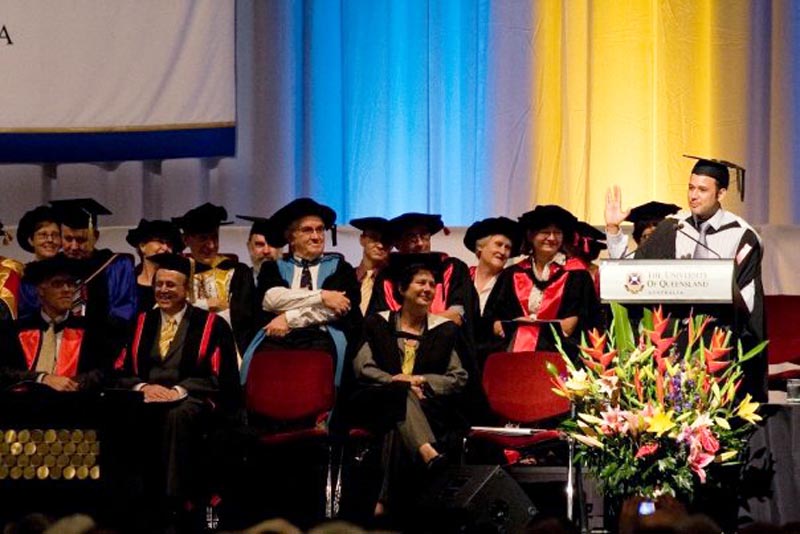
Some new graduates go straight into rotating internships because of the opportunity to see a variety of cases and also because they wish to proceed down the pathway to specialisation.
- Generally limited primary case responsibility as you will be following and assisting a specialist or registrar.
- Offers the best exposure and foot in the door for a career as a specialist.
- Exposure to a wide variety of complicated cases.
- Opportunity to be involved in and possibly perform complex diagnostic, medical and surgical procedures.
- Build connections and network within the specialist or referral community.
- Most only last one year before a new pool of interns come through.
If you have experienced general practice and you know it is not for you then a rotating internship at a specialist referral hospital will allow you to get a taste of what is available.
Emergency internships
I do not generally recommend emergency internships to new graduates, despite the fact I have developed training programs to assist in the transition into emergency and critical care. There are large emergency practices part of a specialist referral centres and small centres running within a general practice hospital, but not all emergency hospitals offer internships.
Before deciding, here is what you need to know:
- It has t best opportunity for a softer entry into an emergency career.
- Generally prior experience is recommended as it can be a very steep learning curve.
- The abnormal hours can be isolating socially and adjusting sleeping patterns can be difficult.
- Most emergency internships are designed to retain interns not rotate them through, such as they “train to keep”.
- You will get primary case control and exposure to more critically ill patients.
- Depending on the type of practice and the arrangement you may get to perform more complex diagnostic, medical and surgical procedures as opposed to referring them to the associated specialist service.
If you are looking at a career in emergency I would recommend a larger hospital where multiple vets are on at the same time and you have the support you need.
Regardless of where you find yourself, the most important thing to realise is you have to start somewhere. Decide and take action. If you find yourself doing something you don’t like then you have learned what you don’t want to do. That is a valuable learning experience in itself. There are many ways to a destination, and no experience, whether it is good or bad, it is never wasted. Even in the darkest of days, remember, with every closed door, if you are looking another will open. Best of luck with all your future endeavours.

